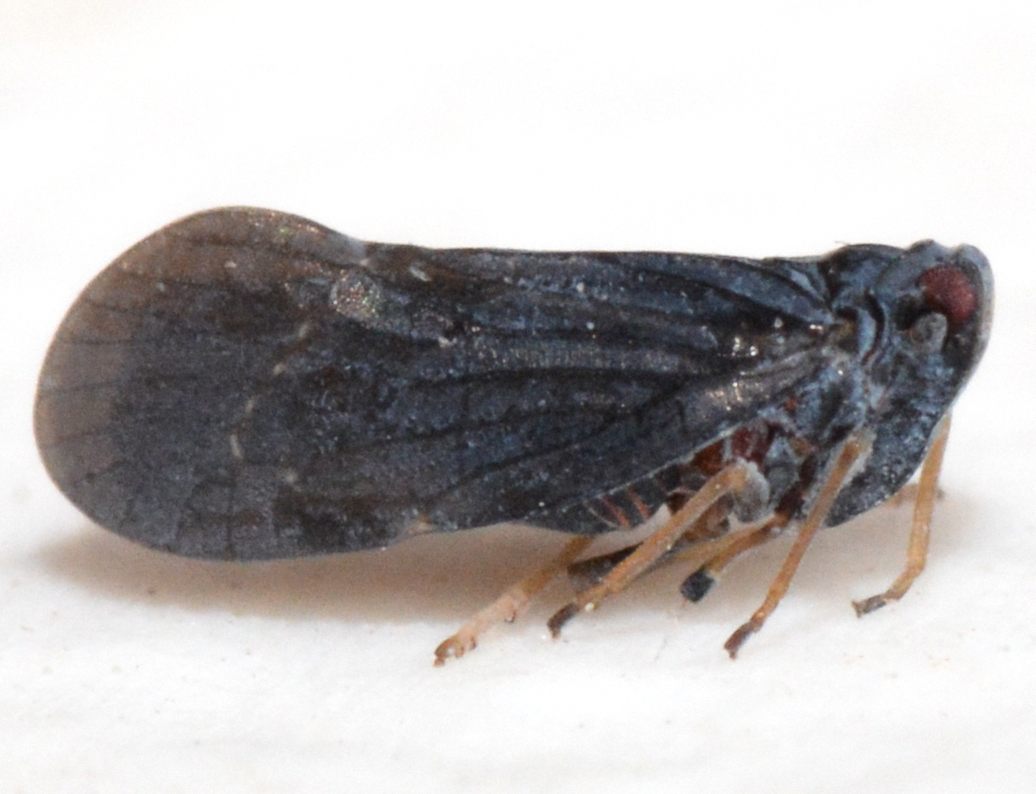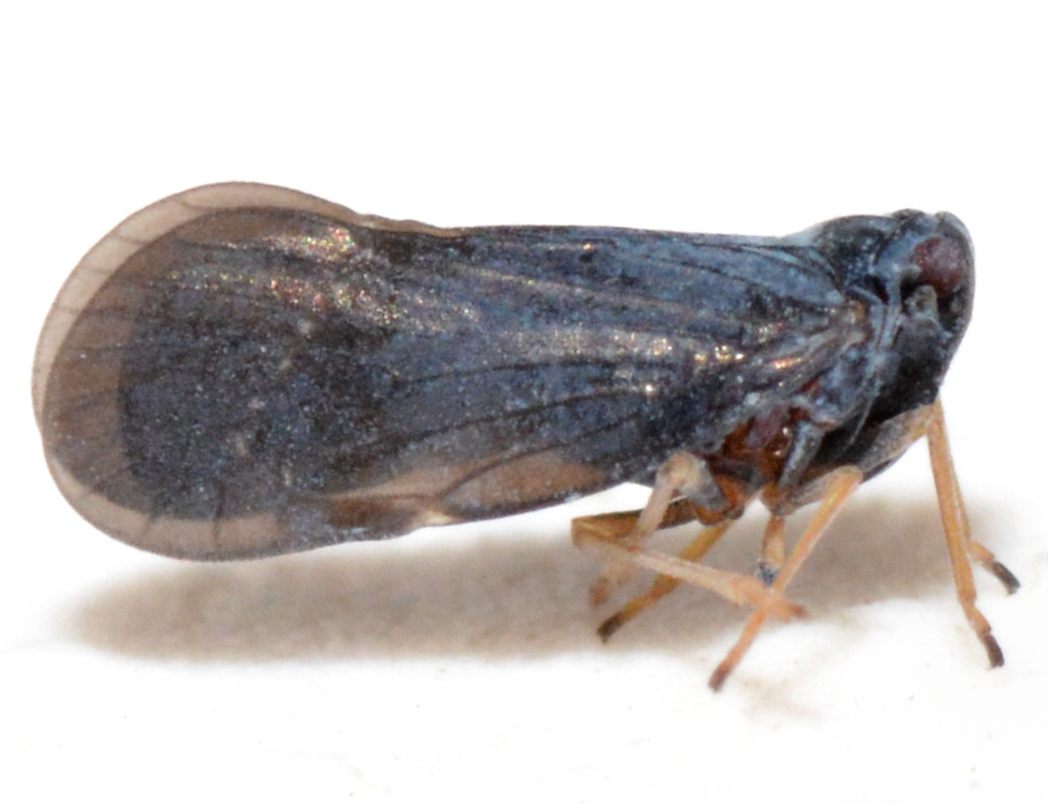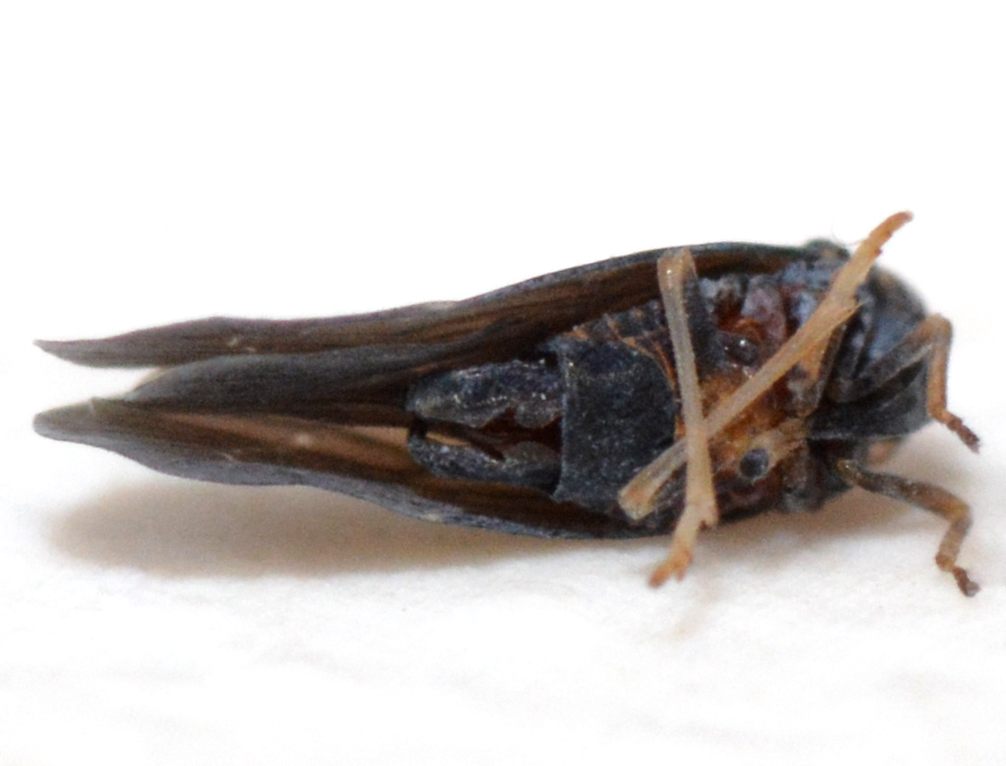| Family (Alpha): | |||
« |
 » » |
| DERBIDAE Members: | NC Records | |||||
|---|---|---|---|---|---|---|
Cedusa incisa - No Common Name | ||||||
 © Kyle Kittelberger |  © Kyle Kittelberger |  © Kyle Kittelberger- note the male genitalia shape |  © Kyle Kittelberger- female |
|
Hoppers of North Carolina: Spittlebugs, Leafhoppers, Treehoppers, and Planthoppers |
| Family (Alpha): | |||
« |
 » » |
| DERBIDAE Members: | NC Records | |||||
|---|---|---|---|---|---|---|
Cedusa incisa - No Common Name | ||||||
 © Kyle Kittelberger |  © Kyle Kittelberger |  © Kyle Kittelberger- note the male genitalia shape |  © Kyle Kittelberger- female |